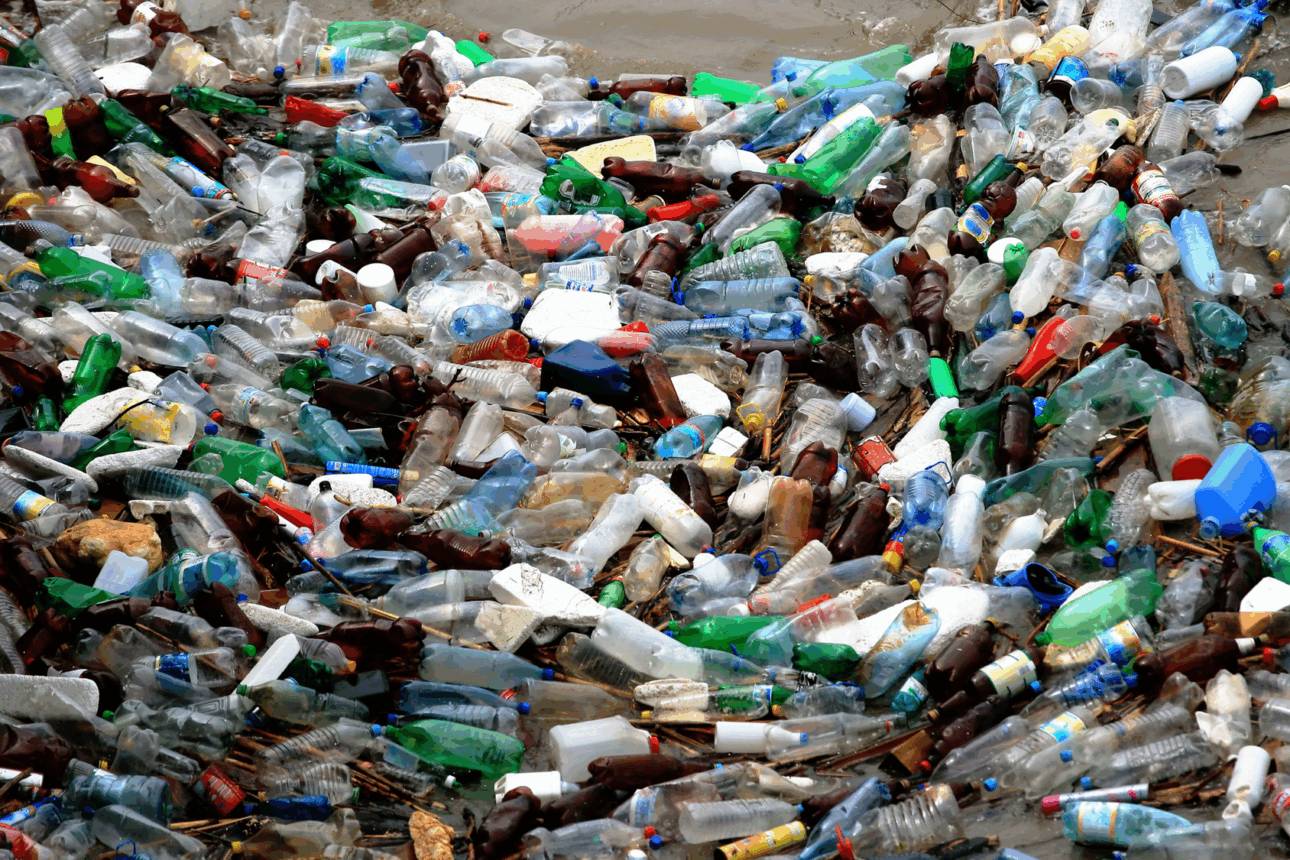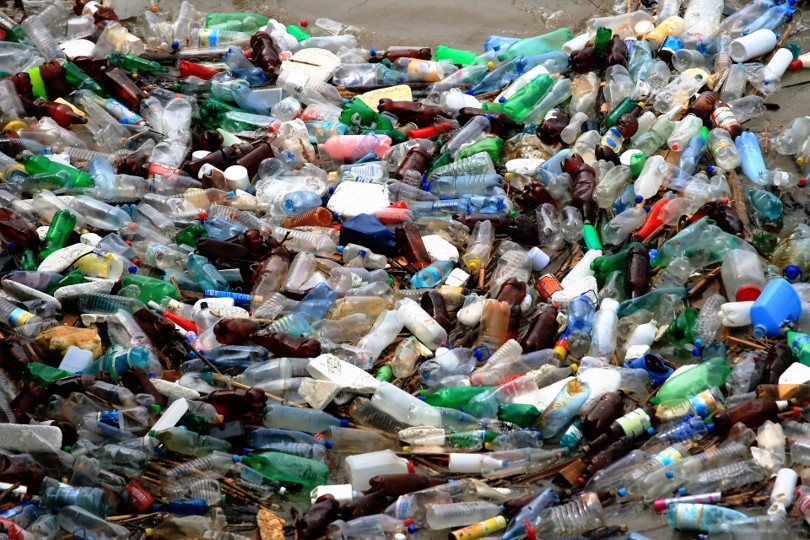
Recently, Hazel 4D partnered with compliance experts Beyondly to deliver a webinar on the new Recyclability Assessment Methodology (RAM) that was introduced as part of the Extended Producer Responsibility (EPR) regulation.
EPR is an environmental policy approach that puts responsibility onto packaging producers to financial and physically support the end-of-life stage of packaging products. This new approach will shift the cost of collecting and sorting packaging waste from local authorities to packaging producers. This will help incentivise the design of products so it is easier for them to be reused or recycled, as well as reducing the amount of packaging we use.
EPR has already been introduced in the UK, and large organisations should already be reporting on their packaging use and activities. EPR base fees differ depending on the material category of the packaging, and organisations will be responsible for this cost as of October 2025.
The RAM is being introduced for household packaging and packaging commonly placed in public bins. The methodology results in a level of modulation that differs slightly from the original EPR base fees. This modulation will determine whether the packaging producer pays a higher fee for a certain packaging material or not, based on the recyclability of the material. Modulated fees will be introduced from July 2026.
The RAM framework evaluates the recyclability of the packaging material through various life cycle stages which cover classification, collection, sortation, reprocessing, and application. This will determine whether the packaging falls under a red, amber, or green output, and modulated fees will then apply.
DEFRA have recently (April 2025) released version 1.1 of the RAM. This allows for further clarification on each stage, as well as the application of the modulated fees. Material categories for the RAM are the same as for normal EPR reporting, with the addition of the plastic category being broken down into rigid and flexible plastics. The fibre-based composite material category is for paper or board products that contain more than 5% plastic content by weight.
Read more on the updates here.

Defines how to assess the packaging product against the RAM. Multi-material products need to be able to be separated by hand, and the materials be assessed independently. If the materials can not be separated, the product should be assessed as the predominant material by weight.
If materials are separated during the use of the product (e.g. a tear away trip on a cardboard box), then these components need to be assessed independently as well.
The main route to recycling is either through kerbside or takeback schemes. In order for a packaging material to continue along the green categorisation pathway in the RAM, it must be collected kerbside by at least 75% of local authorities. Takeback schemes are required to not be restricted by brand and be accessible for 75% of the population.
Sortation refers to the process of capturing and diverting the waste into the appropriate waste streams. It is defined by the ability to sort the waste at a large scale with the use of material facilities. This stage in the RAM can be impacted by the design of the packaging product, such as the material shape, size, density, and colour.
This is the stage where recyclate is created from the packaging materials. Each material requires a specific recycling process and contaminants can disrupt this, producing a lower quality recyclate. Tolerance of contaminants varies depending on the material and recycling process followed.
This stage incorporates any factors that may affect the quality of the recyclate produced and cause unnecessary secondary material loss. The material needs to be processed and recycled in a way so that it can be reused for its original or other purpose.
A red output means the packaging has specifications that make it difficult to recycle at scale. Increased modulated fees are expected to be applied to packaging products that fall into this category.
An amber category means there may be challenges during collection or sortation stages, requiring specialist infrastructure or resulting in a lower quality recyclate.
A green output means the packaging material can be widely recycled in the current UK infrastructure. This could result in a decrease in modulated fees.
Each material category has its own specifications for how each packaging component is assessed. Read more about how to assess each material here.
Having the right size and flute type on cartons can reduce the weight of each cardboard box, meaning EPR and RAM fees will be reduced as these are calculated by the weight of packaging waste you produce. Opting for paper packaging over plastic can also help reduce costs, as the base and modulated fees are less for paper compared to plastics.
Completing an audit of your current packaging operations allows for challenges and opportunities to be identified. Our dedicated packaging experts can assess where changes can be made that can help reduce costs and increase efficiency. Through our Sustainable Switch Over solution, we work with you to address any concerns, implementing better practices into your operations. Contact our team today to see how we can help you and request a copy of our recorded webinar with Beyondly.